Quick and Simple Dry Erase Board
by watchmeflyy in Living > Decorating
8231 Views, 113 Favorites, 0 Comments
Quick and Simple Dry Erase Board
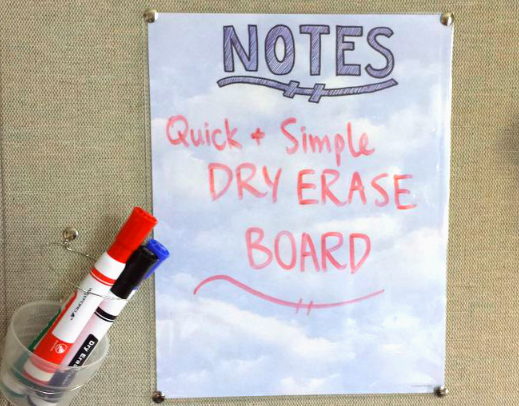
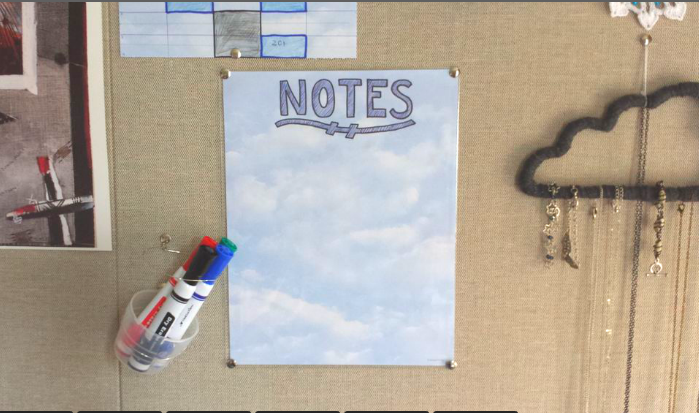
College students, I suppose, are notoriously frugal. Or at least this one is (points at myself). (prepare for an anecdote..)
Anyway, I recently began my undergraduate years in university, and in the process of unpacking I was also thinking about new additions that I didn't have in my room at home. My dad has a no poster or hanging policy so my mind squealed with excitement when I found out that almost the entire wall next to my bed is a bulletin board.
Poster and hangings galore...
Fast forward a week (I still can't believe that I've been a college student for a week... ahh) and my wall looks a bit like an eclectic mix of miscellany -- I have a few things from older projects, a calendar, receipts from the library; you get the idea -- but one thing that I wanted was a dry erase board for miscellaneous notes and reminders. That desire was inspired partly by roommate (lovely person; I got lucky :3) who has a calendar one like this that retails for $24, in addition to a couple mini whiteboards that she set up next to the door for little notes before we leave and on the door to communicate with passing members of dorm society.
Now, much as I wanted a dry erase board, no way was I willing to whip out my wallet to buy something that I felt confident that I could make myself; it's basically a slick surface on which dry erase markers are used, right? I had most of the details planned before you can say, "You want to make a dry erase board?" and I already had the materials at hand. I did look up other tutorials on making a dry erase board (notably this one that was my main inspiration with the sandwich bags...) but I was looking for the simplest, most efficient, and CHEAPEST method. As it is, the whole project just costed $3 for me, which was only the price of the markers as I had the other materials at home already.
And the rest of the story is just a long scroll downward...
Materials
- sheet protector (You know the plastic sleeves for binder paper that were so cool in middle and high school? Yep; it's those things.) (ALTERNATIVELY you could use the plastic from sandwich bags; just cut out a rectangle that can be pinned on top of your background paper..)
- paper
- decorating materials
- dry erase markers (Actually, washable markers would actually work; they'd just be a bit more messy -- but cheaper!)
- (optional) wire, pliers, cup for markers
Background
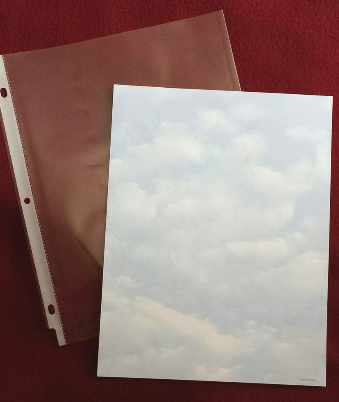
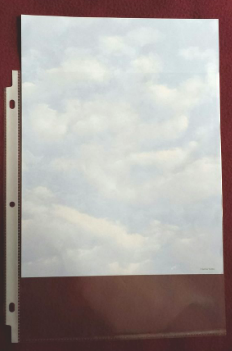
Begin by deciding on the background you want for the dry erase board. I had some stationary paper with cloud patterns do I decided to use that, but you could always create your own design by sketching something or using color pencils. Slip the paper you decide on into the paper protector to confirm that you like how that looks.
Cutting Off Side Trim
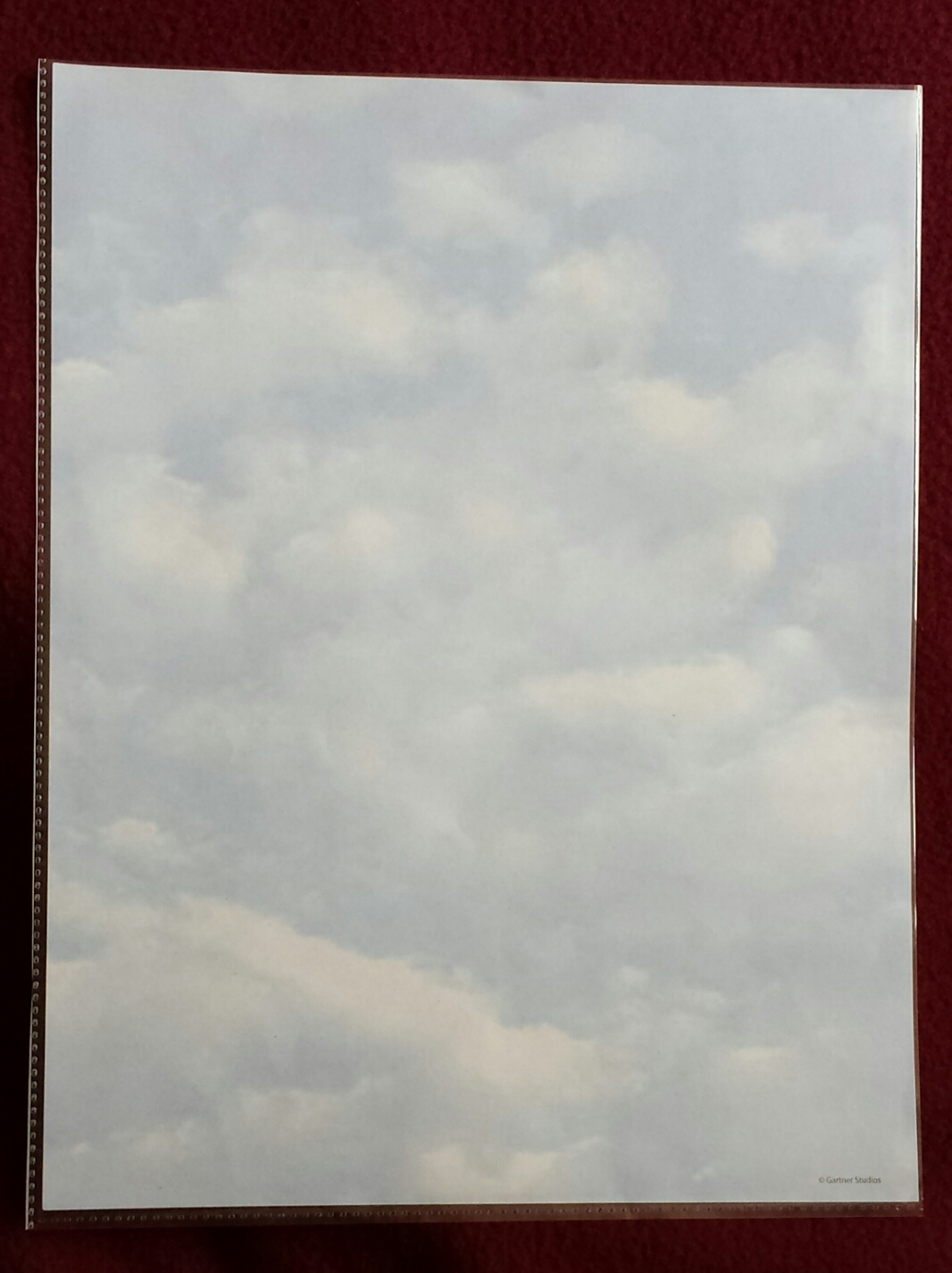
Grab your scissors and cut off the white trim on the left side where there are holes for your binder.
Words, Words, Words
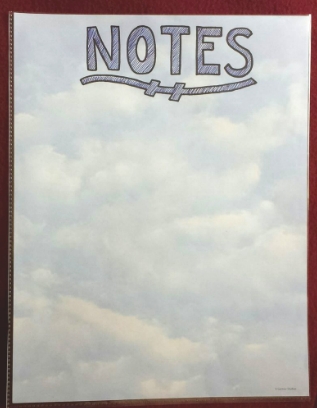
You could've done this earlier but I only decided to do this later: add some sort of title to the paper depending on what you'll be using it for. In my case I wanted to use it as a to do list with miscellaneous notes so I just wrote NOTES across the top. Note: write on the PAPER, not the plastic. You could also easily turn this into a calendar by adding a grid design for each day of the week. Customize to your liking!
Once finished, just pin it up (or tape it up, depending on your wall..). If you do use pins, make sure you pierce through both the plastic sheets AND the paper background so that the paper doesn't move around. You can always exchange the paper for another design later; very versatile, eh? ;)
A Place for Dry Erase Markets
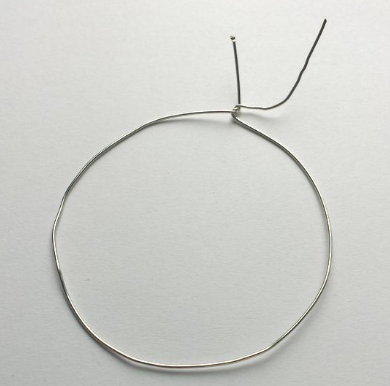
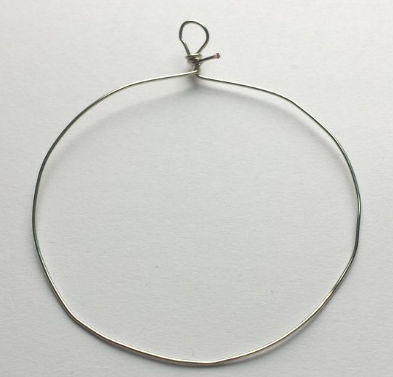
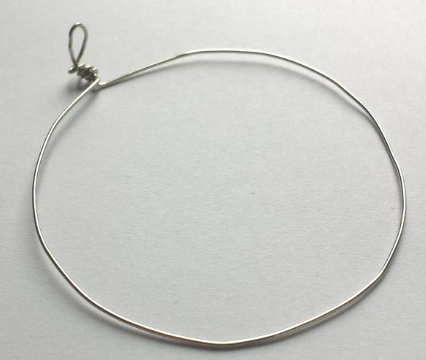
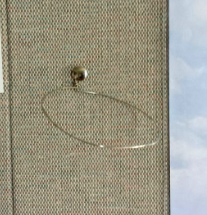
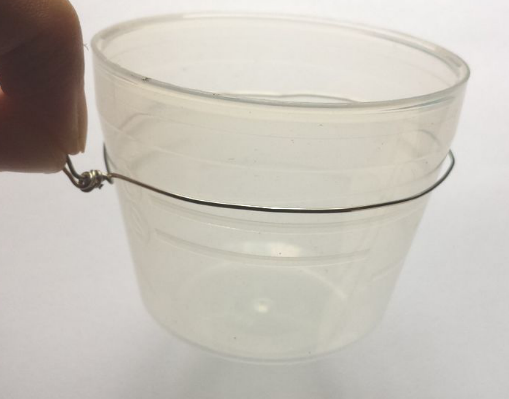
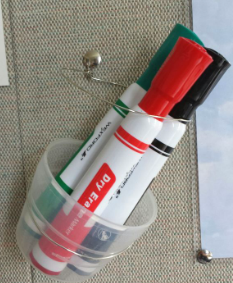
You can store the markers in a nearby drawer, but I wanted a container right next to the board. Thus I took a small plastic cup and wrapped the brim with wire (must be thick wire! I used 20 gauge.). Then, after removing the cup, I used the wire ends to form a little loop that a pin could go through so that I could pin the cup up next to the dry erase board. If your cup isn't tall enough for the markers to sit comfortably without hanging out, make two loops and pin one loop above the cup to hold the pens steady. Add the markers and finally, voila: a cheap and easy board, with markers nearby for convenience, for your organizing pleasure.
Well, buying a simple dry erase board and markers probably would've costed $5, $10 tops, but hey; remember that first intro line of the tutorial?
"College students, I suppose, are notoriously frugal. Or at least this one is (points at myself)." Have fun being frugal yourself. ;)
Optional: Making the Board Magnetic
If you're a fan of using magnets, here's a cheap and simple way to make some sections of the board magnetic. Take the top circle from any can (the circle that comes off when you use a can opener) and slip it into the plastic sleeve behind the background paper. You can glue it to the paper if you like. Then just let add magnets!: they should be able to stick to the magnetic tin can lid. ;)